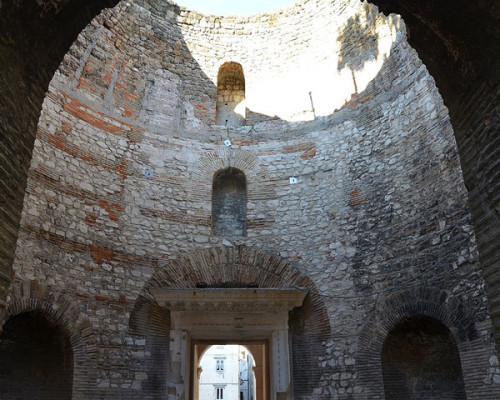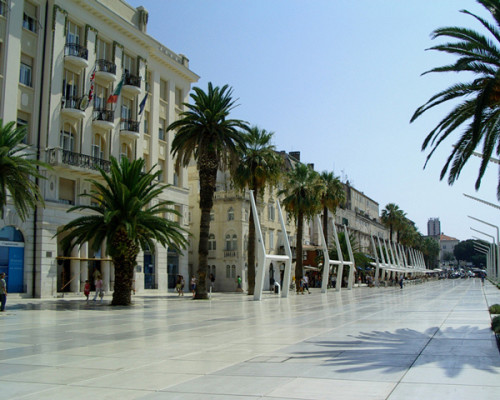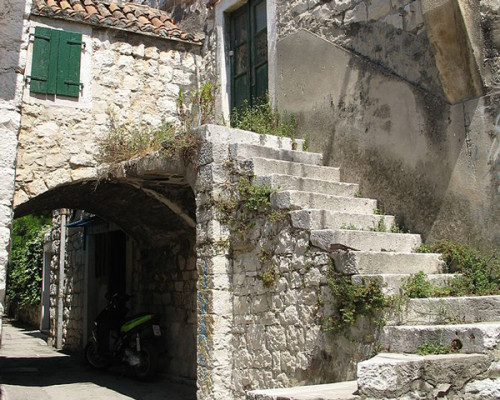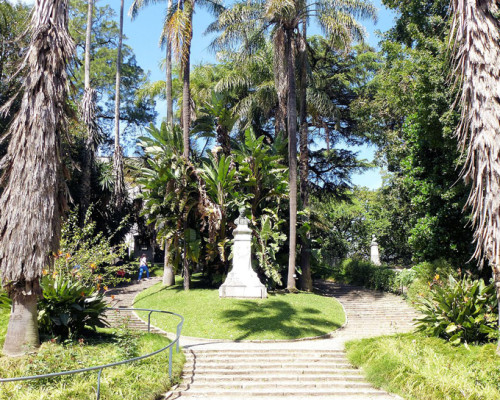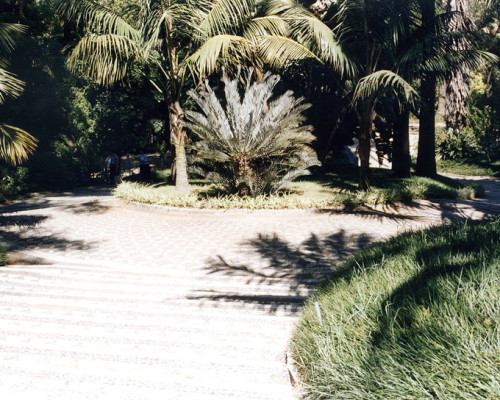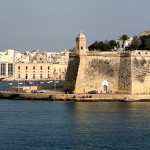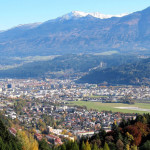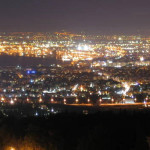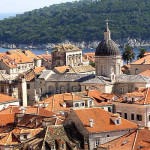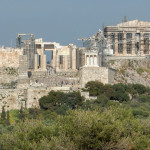
03 Jan Split
This Dalmatian city is the second-largest in Croatia and one of the important centers of the Adriatic coast as well as the popular tourism resort and an university center.
It has approx. 179,000 residents and it serves as a link to Croatian archipelago and Italy. Having permanent settlement since 6th century BC, the city is full of historic scent.
What to do and see in Split
Diocletian’s Palace
The historic centre has been concentrated around the remains of this gorgeous Roman palace, which is one of the UNESCO cultural heritage sites. It was built by the Roman emperor Diocletian at the turn of the 4th century AD. The ground plan of the palace is an irregular rectangle with towers projecting from the western, northern, and eastern facades. It has qualities of a luxurious villa with those of a military camp, with its huge gates and watchtowers. The palace is surrounded by walls, and it housed over 9000 people. The palace area houses today many shops, restaurants, bars and apartments.
Riva
Riva is the main city promenade and public living room, having many restaurants and cafés. The local carnival is being held here annually, and the promenade has also vivic cultural happening through the year.
Varoš
This old district was inhabited by poor peasants and fishermen, and its architecture is almost intact with the narrow street plan
Jupiter’s temple
Originally there were the complex of three temples at the site, dedicated to Cybele, Venus, and Jupiter, only the latter remaining today. The temple was built around the 3rd century, about the same time like the Diocletian’s Palace. Temple’s shape is miniscule rectangular with a very characteristic vaulted ceiling featuring a myriad of stone blocks, each with a different central motif.
At the fall of the Roman Empire in the Middle Ages, the temple was converted into Saint John’s Baptistery, being named after the Archbishop of Split. Large baptismal font was added in the 12th century, which allowed for total immersion according to the Byzantine rite.
Nearby
60 kilometres long beach bend called Makarska Riviera between the towns of Brela and Gradac on the Adriatic coast is situated nearby the Biokovo mountain range. Its center is city of Makarska, noted for its palm tree promenade full of cafés and boutiques. Biokovo Nature Park nearby is a suitable place for hiking. Bus trip to Makarska from split takes about an hour.
Recreation
- Venus Diving offers scuba diving tours and snorkelling experiences by boat from Split harbour. Sailing tour from Split to Brac or Hvar is also a good way to feel the wonders of the Adriatic Sea.
- Bacvice beach has many good clubs, such as Hemingway Bar (VIII Mediteranskih igara 5) and Vanilla Club (Poljudsko šetalište) with the swimming pool.
Buy
- Green Market (Pazar) offers fruits and veggies, clothing and other treasures.
- Marmontova Street in the city center is the main shopping disctrict.
- Shopping mall Joker (Put Brodarice 6) offers 50 shops on 4 floors. There is a cinema on the first floor. The top floor has fitness club, restaurant and a sky bar with an outdoor swimming pool.
Photos: With the CC licence / Following Hadrian, Airin, Ballota
| Split, Kroatia | 13°C few clouds | |
Wind
2 m/s, ESE
Humidity
62%
Pressure
755.31 mmHg | ||
Top 5 in Split
- Diocletian’s Palace
- Shopping at the Green Market
- Sunbathing in Bacvice beach
- Varoš
- Biking on the hills nearby
How to get in Split
- The international Split Airport serves the area, being located 24 km from Split, in the town of Kaštela. List of its airlines and destinations is here.
- Trains run between Split and Zagreb, Split and Perković (where you can change for Šibenik). Journey planner and ticket prices of Croatian trains are visible here.
- Buses go frequently to/from buses run to and from Zagreb, Dubrovnik, and Zadar. Timetables are visible here.
- Ferries run three times a week across the Adriatic to and from Ancona and Pescara (Italy). There is also a large ferry that runs twice a week up and down the coast between Dubrovnik and Rijeka, stopping off at a couple of islands along the way.
How to get around in Split
- Public transportation in Split is operated by Promet buses. Tickets can be bought at kiosks or from the bus driver. Only single-journey tickets can be bought in buses. More information here.
- Renting a bike is a good opportunity for trekking.

